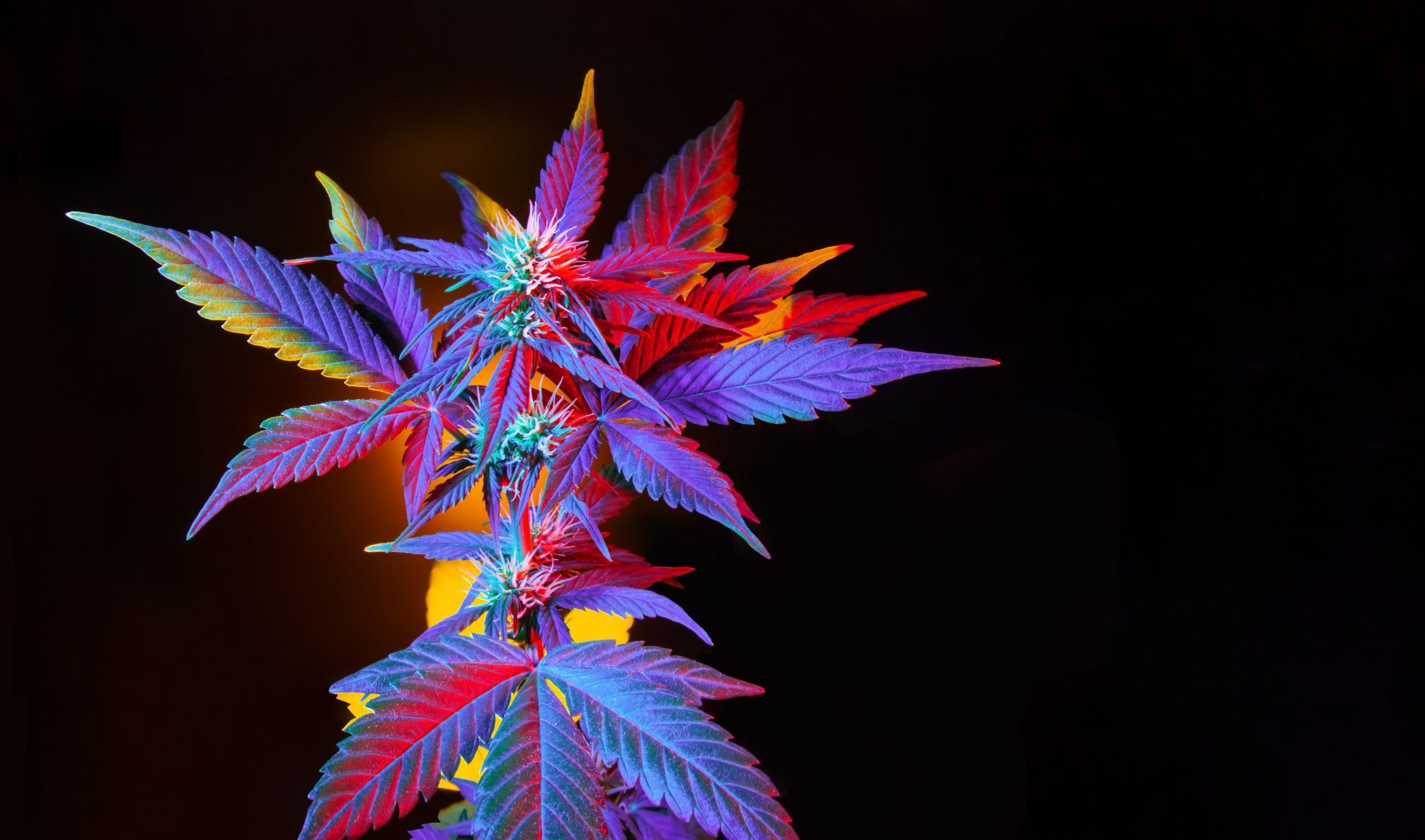
New York regulators approve marketing rules for legal cannabis
New York state regulators voted Wednesday to pass bills governing the packaging and marketing of legal cannabis products. The proposed rules set parameters for the sale of recreational cannabis products, which are expected to go on sale by the end of the year after state legislatures legalize cannabis for adult use in 2021.
Under the New York Cannabis Control Board’s draft regulation, companies will be allowed to promote their products through television, radio, social media, and other platforms. However, the rules also contain strict provisions designed to protect children from being influenced by the marketing of cannabis.
“Protecting public health, reducing harm and promoting sustainable industry practices are key components of the legalization of cannabis for adult use, and I look forward to considering these regulations as the industry develops,” said Tremaine Wright, Chair by the Cannabis Control Board, in a statement cited by the New York Post. “We are committed to building a New York cannabis industry that sets high standards for child safety and product safety and sustainability.”
Rules for the protection of children
Cannabis product labels must include serving size, potency, ingredients, and instructions for use and storage. Packaging and advertising that contains cartoon characters, bubble lettering, neon colors, references to candy, or other elements that may appeal to persons under the age of 21 are not permitted.
The regulations also prohibit the use of endorsements by celebrities who appear to be under the age of 21, and prohibit the use of common terms in the cannabis culture lexicon, including “weed,” “pot,” “stonehead,” and “chronic.” Misleading claims of health benefits and claims that the product is “safe” or “organic” are also prohibited, as are actual images of marijuana or people vaping or smoking.
Katrina Yolen, chief marketing officer for multistate cannabis operator Acreage Holdings, applauded New York regulators for updating cannabis marketing and advertising guidelines ahead of adult-use sales.
“Recognizing that cannabis operators need to be able to better communicate with consumers to educate, inform and create awareness about the benefits of cannabis is critical for government and industry,” wrote Yolen in an email. “We look forward to assisting and working with the Office of Cannabis Management on the final guidelines over the coming weeks.”
All cannabis product packaging must display the state approval symbol, which includes the universal cannabis symbol with a cannabis leaf and the letters “THC,” a note that the product is intended for consumers 21 and older, and the New York State logo. The mandatory label is reserved for products manufactured by licensed cannabis companies and laboratory tested for safety in accordance with state laws.
Cannabis product packaging must also be child resistant and meet standards that make it difficult for a child under the age of 5 to open the product. In addition, regulations require cannabis advertisements to be no closer than 500 feet from schools, libraries, daycare centers and playgrounds.
The draft regulations also provide for a rotating series of warnings to be placed on packaging for cannabis requirements, such as “Cannabis may impair concentration, coordination and judgement. Do not operate vehicles or machines under the influence of cannabis” and “Keep out of the reach of children and pets”.
Marketing rules set high standards in New York
The regulations prohibit marketing and promotional tactics commonly used by companies in other industries. Price promotions, coupons, loyalty programs and other discounts are not allowed according to the rules.
In an email to High Times, Katelin Edwards, senior regulatory analyst at Simplifya, a regulatory and operational compliance software platform for the cannabis industry, said that one aspect of New York’s regulations could prove particularly onerous for cannabis companies.
“While it is true that a NY cannabis licensee may promote cannabis products, cannabis paraphernalia, or goods or services related to cannabis or cannabis products via television, radio, print media, internet, mobile applications, social media and other electronic communications,” said Edwards, ” the licensee must have reliable evidence that, unless otherwise determined by the Office, at least 90% of the audience for the advertisement will reasonably be twenty-one years of age or older.”
Edwards notes that the composition requirements are more stringent than most states that have legalized recreational cannabis, including Colorado, California and New Jersey, which have audience composition requirements that require about 70% of the audience to be 21 years of age or older have to be older, which are the norm.
“Getting reliable and up-to-date audience composition data to prove that at least 90% of the audience could reasonably be aged 21 or over can be challenging; especially when “reasonably expected” is so ambiguous and the burden of proof is on the licensee.”
The new proposed rules will now face a 60-day public comment period beginning June 15 before coming to a final vote by the board.

Post a comment: